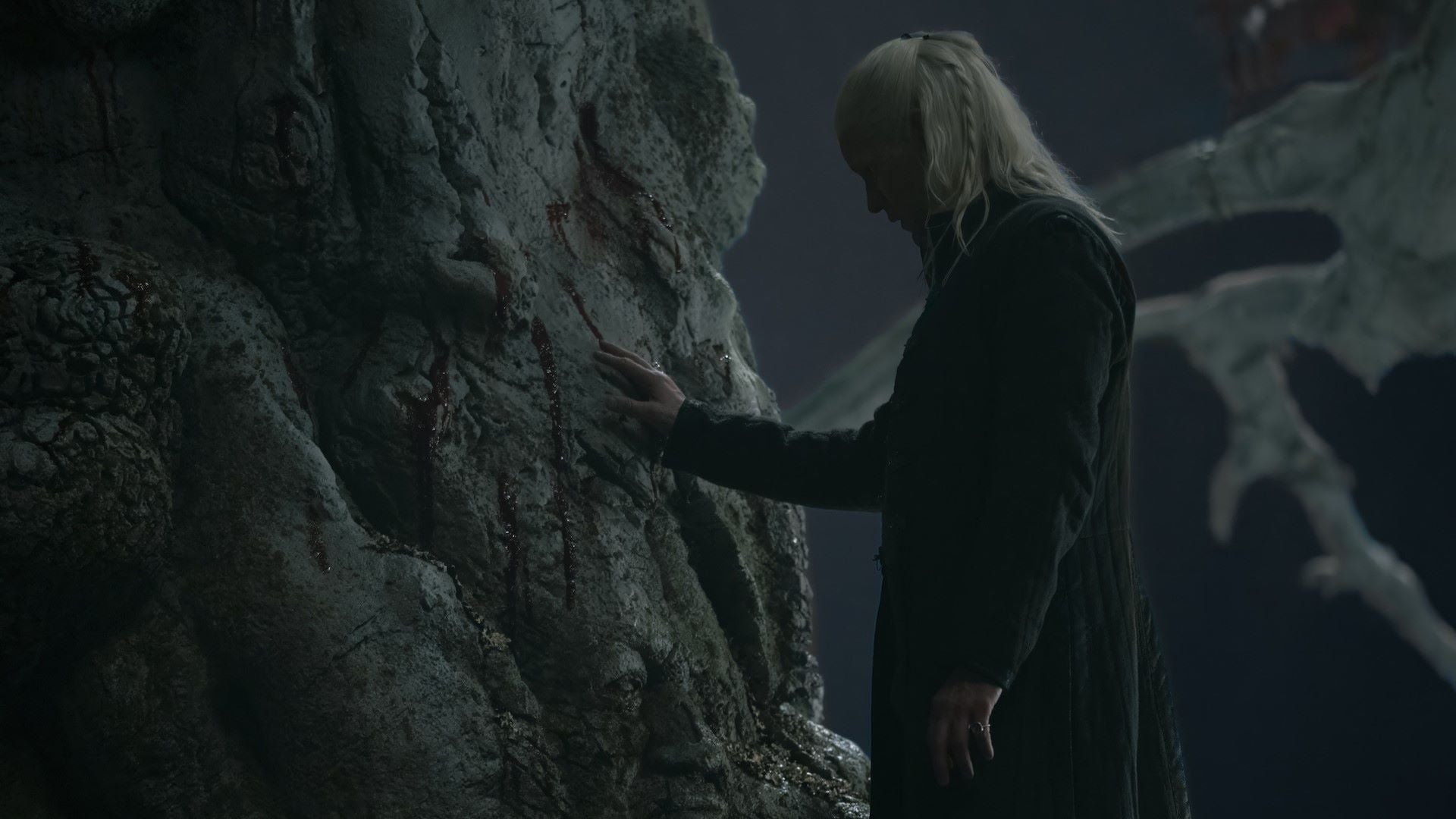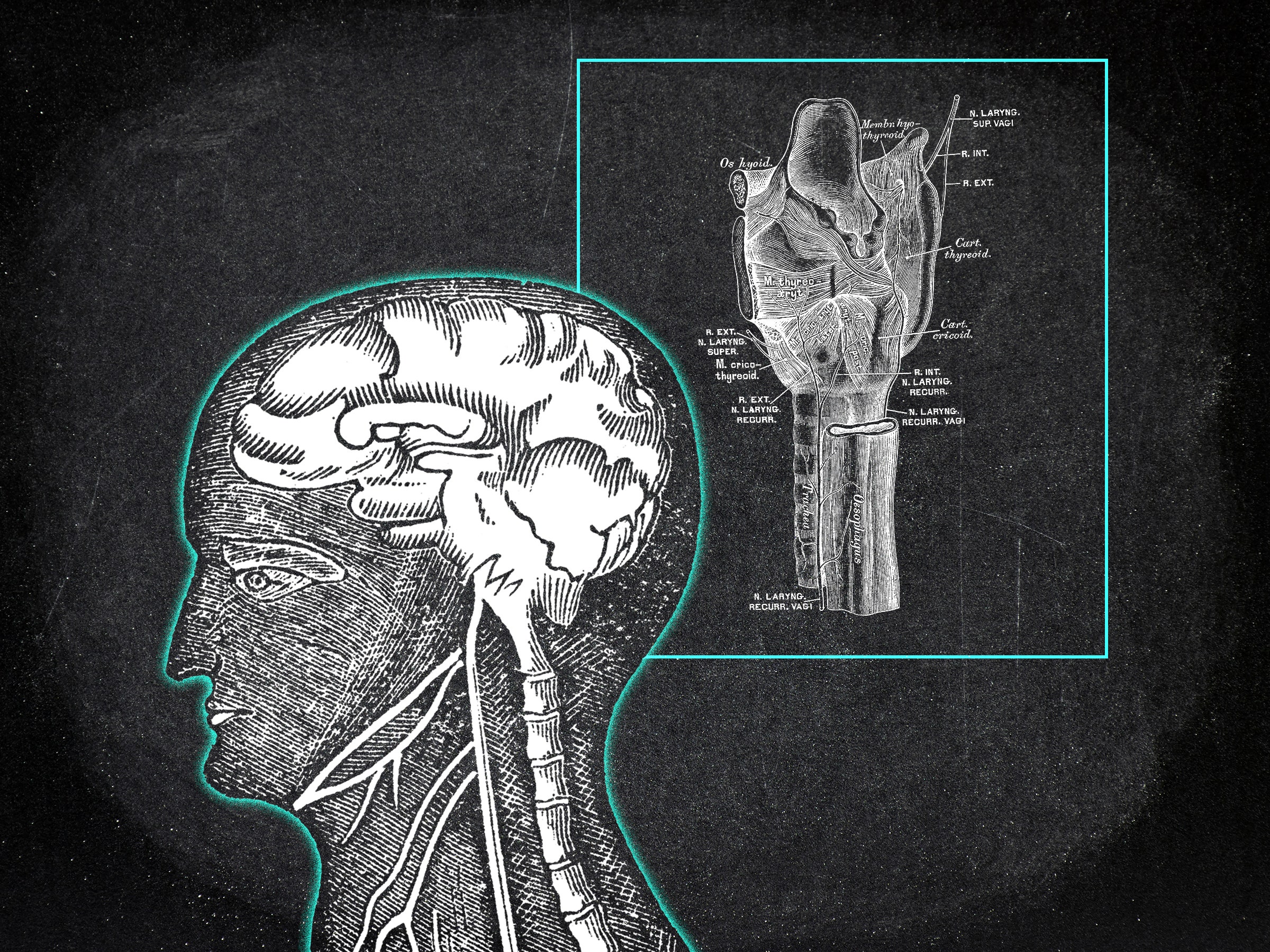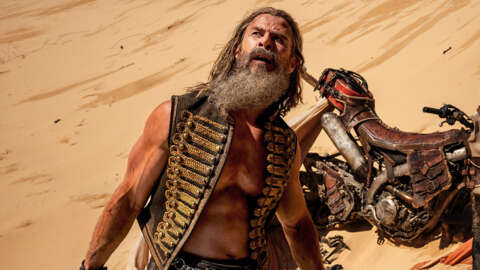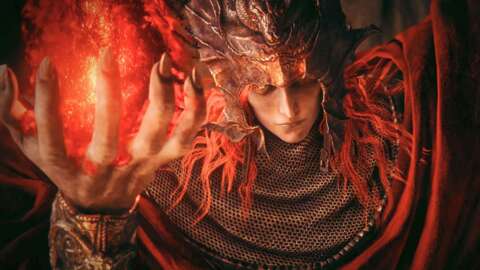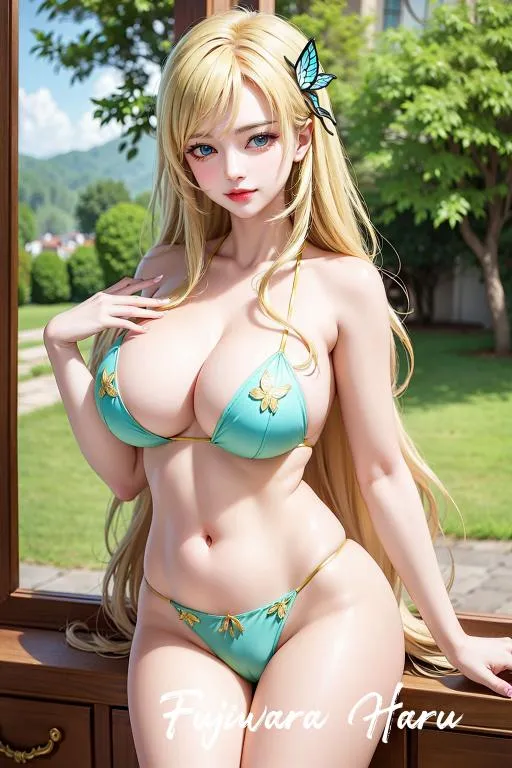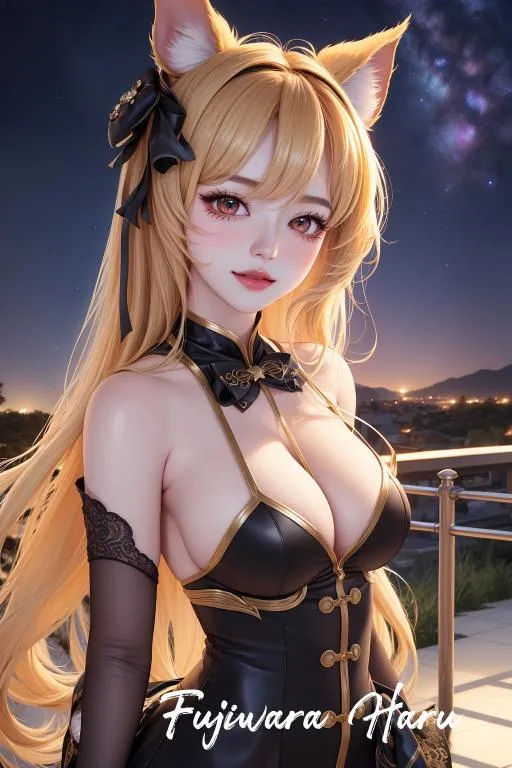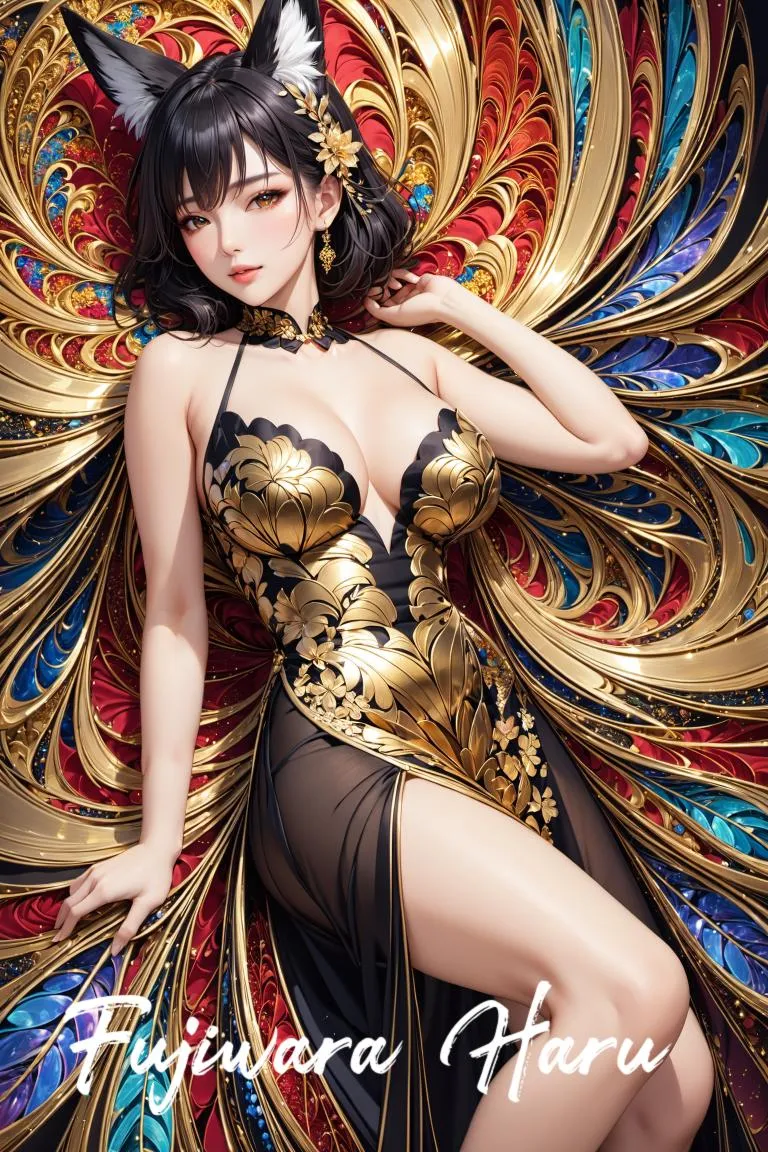Warning: The below article contains full spoilers for last night's House of the Dragon Season 2 finale.
Last night’s House of the Dragon Season 2 finale had its biggest cameo yet: Daenerys Targaryen. Well, sort of, at least.
Obviously, Daenerys hasn’t been born yet in the world of House of the Dragon, but fans got a glimpse at the Game of Thrones favorite via a weirwood vision from Daemon in the Season 2 capper. The image of Daenerys, with her three freshly hatched dragon eggs – a different perspective of the scene from Game of Thrones’ Season 1 finale – has quickly become one of the most-talked-about moments from the episode.
The vision also included another image familiar to Game of Thrones fans in the Night King, as well as a glimpse at Brynden Rivers, or the Bloodraven, a character crucial to Targaryen history. During a virtual Q&A with press on Monday, House of the Dragon showrunner Ryan Condal was asked about the vision, the decision to pull in Daenerys, and if we should take this as confirmation that she was indeed the Prince Who Was Promised.
DAENERYS TARGARYEN RETURNS #HouseOfTheDragon pic.twitter.com/pdrYyMAcP4
— westerosies (@westerosies) August 5, 2024
In a wide-ranging answer, Condal explained that the decision came from the need for “some sort of interconnectivity,” and that interconnectivity is the dragons: “We don't know how the events play out in this history, but we do know that at the end of it, there are no dragons left in the world until they're reborn to Daenerys in the end. And I think that is the interconnectivity,” he explained.
But he also touched on an idea that has been explored, as he explained, in media including Harry Potter and Star Wars: the philosophy of “the chosen one, the one who is going to save us from everything, the light-bringer, the Prince Who Was Promised.”
“(We’re interested in) how those ideas are interpreted in George's world, which is, as we know from all the storytelling that he has taken us through to date, that these things are very rarely black and white and 'one thing or the other,' and often can be cautionary tales for how ideas like this are interpreted by people in power,” he said. “Remember that Game of Thrones, a Song of Ice and Fire, House of the Dragon in many ways, or Fire and Blood in many ways, are warnings about the perils of power and people in power, and particularly I think in this world, absolute power. So I will say, we're very interested in how those things play out in this world and how once somebody is given, as we've seen Rhaenyra be given this football to run with that – ‘my father chose me, I was the Prince Who Was Promised, it must be me, this dragon rider was delivered to me’ – and how that's going to see itself manifested over the course of this war."
Moderator Joanna Robinson then asked if there was ever a thought to include Jon Snow in that vision as well. Condal responded that it’s “just a more complex idea,” and the focus instead was to focus on that interconnective tissue that is the dragons, and also how Daemon interprets that vision.
"In the world where we meet Daenerys, and she's staring across the Narrow Sea at her lost empire, there are zero dragons,” he explained. “So again, the connectiveness between this family and the family to come. And Daemon's seeing something [where], we know who that is, but Daemon has no idea. That could be his future daughter with Rhaenyra, who has three dragons right now. He doesn't know, but he is sensing that ‘this was something that was shown to me for a specific reason.’ We know Rhaenyra is already running with this idea of the Prince Who Was Promised; if Daemon also believes that is Rhaenyra, as we've seen him say to her in High Valyrian in Episode 8, there's a very interesting thing that can be done with his interpretation of that.”
“So for that reason, I think it was important that it was Daenerys, the image,” he concluded. “We are not trying to make any kind of specific interpretation of a prophecy that has yet to be revealed by its author. And that is George's world and George's space to tell that story. I think we're more interested in playing with the character drama that lives in and around that imagery."
Condal touched on a number of things in the hour-long press conference, including why the Battle of the Gullet wasn’t in Season 2 and the number of seasons they’re currently committed to. For more, check out our review of last night’s finale, where we wrote, “as a mid-season episode it would be glorious, but as finales go, 'The Queen Who Ever Was' is all setup and no payoff.”
Alex Stedman is a Senior News Editor with IGN, overseeing entertainment reporting. When she's not writing or editing, you can find her reading fantasy novels or playing Dungeons & Dragons.
